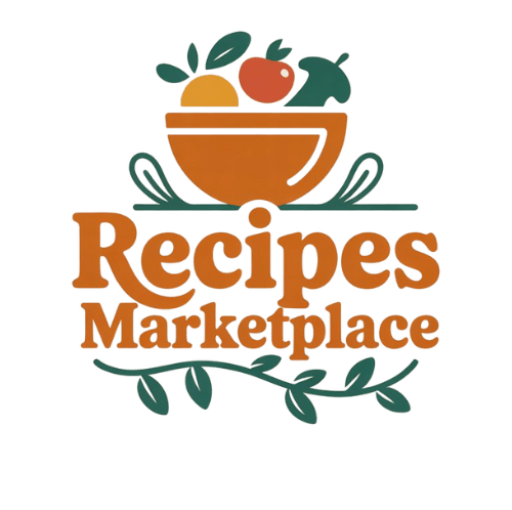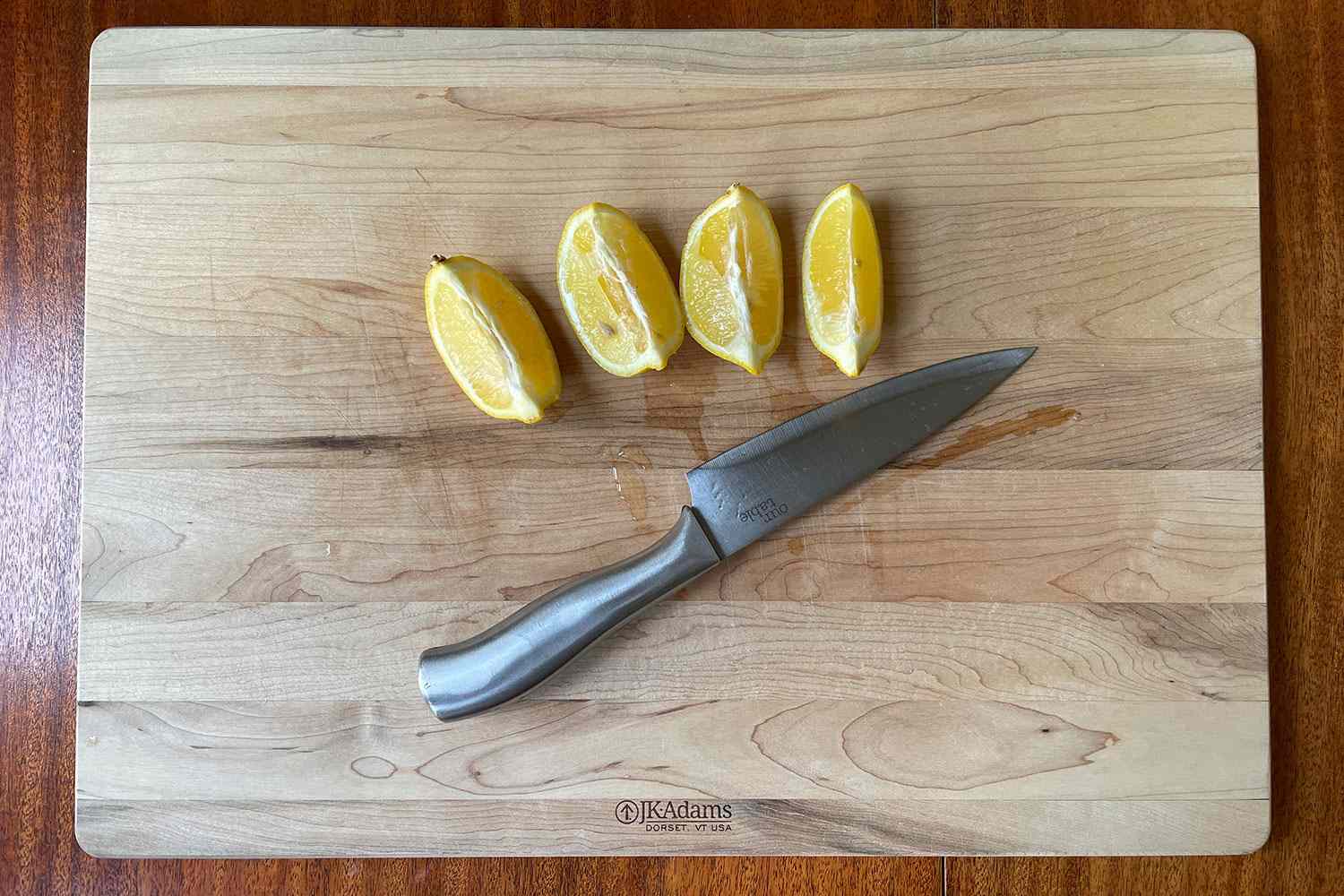:max_bytes(150000):strip_icc():format(jpeg)/JK-Adams-Wood-Cutting-Board-Lemons-724fa2f798c94bbd8217db267f6197ce.jpg)
One day about five years ago, I took a hard look at my scratched-up plastic cutting boards and decided to retire them all. I replaced them with wooden cutting boards of various sizes, designs, and thicknesses, but my favorite one, and the one I use most often, is a larger version of this JK Adams Williston cutting board. It’s a sturdy edge-grain cutting board that’s not too rough on my knives and has stood the test of time in my kitchen. It also isn’t as dense as a butcher block, so storage is easy. Say goodbye to microplastics in your cutting boards and grab this wooden one for $31.
The Takeaways
It’s Not Too Tough on Knives
Serious Eats
I’ll get straight to it: Edge-grain boards, like this one, are made of lengthwise cuts of wood with fibers running horizontally and are generally known to be harsher on kitchen knives. End-grain boards, made of cross sections of wood, have fibers running vertically and are gentler on blades since you’re cutting into microscopic bristles that split and close back up as you work.
However, for an edge-grain model, this JK Adams board is surprisingly gentle on knives. It’s made of maple wood, which is already a softer cutting surface for knives compared to bamboo or plastic cutting boards. I use this board every day, and my knives remain incredibly sharp after years of use on it. That being said, I try to be light and nimble with my knifework. I don’t push down very hard, and I keep my slicing motions on the smoother side.
It’s Easy to Maneuver
I don’t have much counter space to work with in my small galley kitchen, so this lightweight wooden cutting board has been essential for daily meal prep. It’s 0.75 inches thick, and at just about 4 pounds, it’s easy to carry around the kitchen, wash in my sink, and slide away into a cabinet for storage.
It Lasts a Long Time When Maintained Well
Serious Eats
As with any cutting board that’s composed of separate pieces of wood glued together, it takes some light care to maintain. Most end-grain and edge-grain cutting boards need regular oiling so they don’t dry out and split along the seams. To avoid splitting, I picked up this tip from my father-in-law: Always wash your board on both sides, even if you just used one side. This distribution of moisture keeps it from warping as it dries. After you wash the board, dry it with a towel and let it air dry some more until it’s completely moisture-free. I listened to him, and my JK Adams board has remained as straight and sturdy as the day I got it.
JK Adams Williston Cutting Board
Amazon
Do I Recommend It?
We’ve tested a handful of JK Adams wooden cutting boards over the years, including this Professional Series end-grain walnut board and this reversible carving board. While neither were top picks, they were still contenders that did well during our tests. The edge-grain board I have is a great option for those who want a non-toxic wooden cutting board, but aren’t quite ready to invest in a big butcher block. It’s a dependable, everyday board that’s gentler on knives compared to plastic and bamboo. Plus, it’s only $31.
Explore More Serious Eats-Approved Cutting Boards
Yes4All Durable Acacia Cutting Board
Amazon
The Boardsmith Maple End Grain Cutting Board
Amazon
Ironwood Gourmet Large End-Grain Acacia Wood Cutting Board
Amazon
Yoshihiro Hi Soft High Performance Professional Grade Japanese Cutting Board
Amazon
Why We’re the Experts
- An Uong is a writer for Serious Eats.
- An has been testing kitchen gear for Serious Eats for over two years.
She has a growing cutting board collection, but this JK Adams one remains her go-to.

